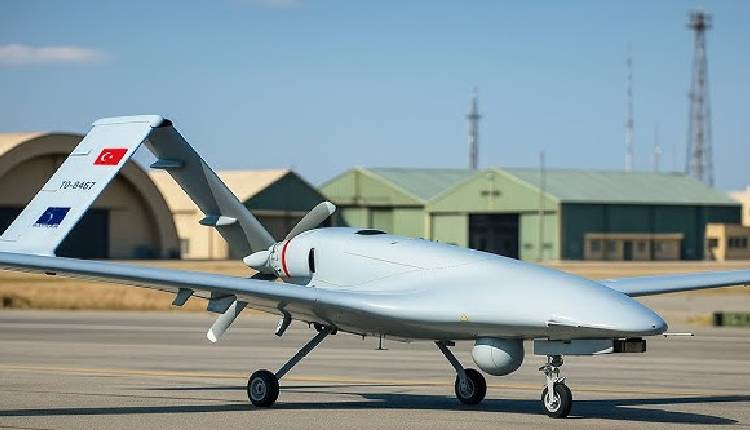New Delhi: Following the rise in armed tensions along the Line of Control (LoC), Pakistan used imported Asisguard Songar armed drones from Turkey to launch a major strike on India during the night of 8–9 May 2025. This operation involved 300 to 400 drones deployed at 36 sites. These drones were used in direct response to India’s Operation Sindoor to target terrorist infrastructure within Pakistan and Pakistan-occupied Kashmir, she said. Indian military officials also said the main task for this drone was to monitor India’s air defence capabilities. Here is an in-depth explanation of why Pakistan chose with Songar drones and what the strategy behind their deployment was.
Turkish Drones: Strategic Deployment
Explaining this aspect, Wing Commander Vyomika Singh, during a press briefing on May 9, 2025, said that Pakistan deployed Songar drones to test Indian air defence systems. The Indian armed forces neutralised a few of these drones and are currently conducting examinations. Colonel Sofia Qureshi also explained that the numbers & the simultaneous launches from varied positions were meant to help penetrate India’s defence grid. Why did Pakistan choose the Turkish Songar drones is the question.
There is a sense of tactical advantage at play here with the Songar drone.
In 2019, the Songar drone, developed by Ankara-based defence firm Asisguard, became the first armed unmanned aerial vehicle produced in Turkey. Songar is a portable, cross-border solution designed for autonomous and remote-controlled missions. An adversary can utilize such functions to simultaneously conduct surveillance and engage targets.
The Songar is capable of deploying many munitions, from automatic machine guns to mini-missiles or 81 mm mortar rounds, and therefore can engage targets from vehicles to fortifications. The drone’s ability to operate both in day or night time and capture real-time video up to a 5-kilometre range was a major reason for its induction into Pakistan. As noted in the briefing by the Ministry of External Affairs, this functionality, according to Indian officials, permitted Pakistan to gather vital information on Indian air defence systems.
Lightweight Operational Efficiency and versatility
Asisguard enhances the simplicity of the Songar’s fixed ground control system, enabling both manual and automatic operation. That flexibility makes for easy deployment, yet what better enterprise than an overarching assault on mass? With a functional range of 3–5 kilometres and a flight time of 25-30 minutes (without payload), the drone supports tactical-level missions. The Songar can function in difficult surroundings, as it can carry up to 45 kilograms and operate as high as 2,800 meters above sea level or 400 meters above ground.
In addition, it has advanced surveillance features that make drones more utilitarian. Fitted with both daylight and infrared cameras, it relays live video and telemetry data. This allows real-time monitoring and target identification and post-mission analysis. With the capabilities to operate the Songar from range, operators can switch recording functions and video perspectives. This makes the Songar an effective intel-gathering device for intelligence that changes during the ebb of combat.
One of the defining features of the Songar is the possibility of organising group actions by UAVs, which result in coordinated multi-directional attacks. Therefore, one can argue that the May 8 assault, during which Pakistan’s drones attempted to flood India’s air defence systems, was planned as a simultaneous action by a considerable number of units. The action aimed to test India’s security infrastructure and gather data for future operations.
All-Weather Operation
Another critical detail of this incident is that the Songar UAVs operated in all types of weather. As a result, Pakistan had an opportunity to start the assault even on a day with challenging weather conditions, such as storms and fog. The feature made the ongoing May 8–9 assault a strategic invasion, which implies that it was specifically designed to serve the identified purpose, i.e., testing Indian defence systems and getting essential data about the structure while there was an increased probability of detecting even minor responses to the massive attack.
The unique features of the UAVs, which combine excellent surveillance and combat support, drove Pakistan’s use of Songar technology. The issue was especially significant in the context of planning a significant strike at opponents’ defence systems, such as the one described above. Even though the assault on May 8–9, 2025, presupposed large-scale, simultaneous operations of a considerable number of UAVs, India’s airspace acquired counter drones that intercepted the majority of the invading UAVs. Currently, researchers are exploring the downed drones to gather more information about the Pakistani assault.



Comments are closed.